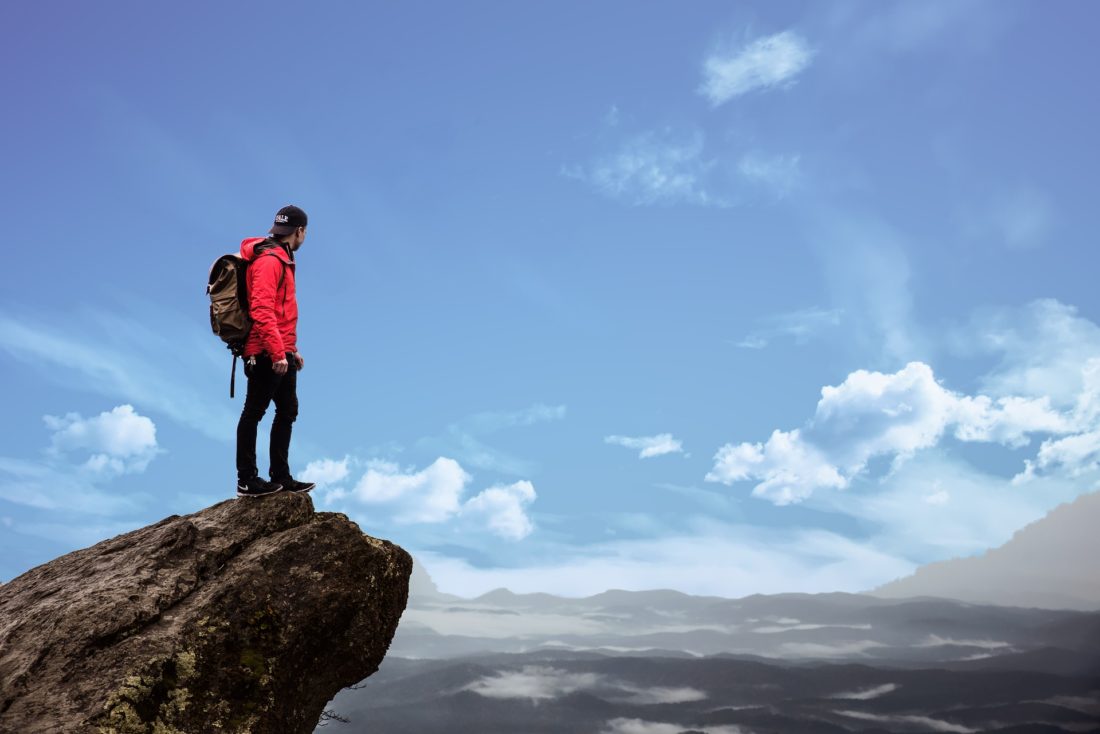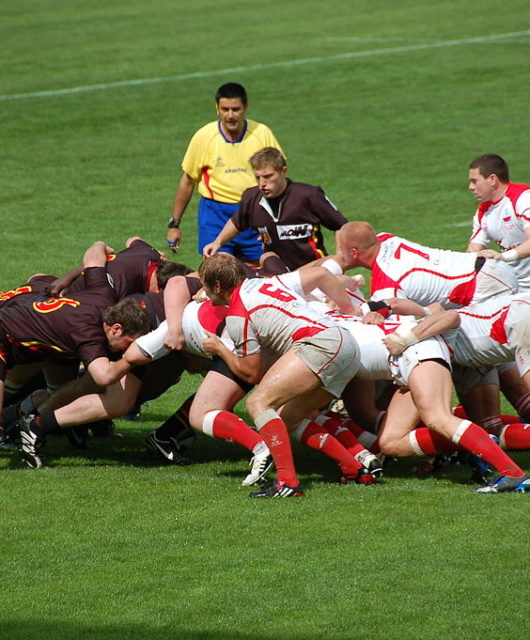How to Prepare for Your First Mountain Climbing Experience

Climbing a mountain can be an exhilarating, enjoyable experience that leaves you with a memory that lasts a lifetime. Why else would so many people risk their lives climbing challenging mountains?
Unfortunately, you can’t just make up your mind and go. There are multiple things you’ll need to prepare before you go on your first expedition, and depending on which mountain you choose, it could take months to years of preparation.
Physical Preparations
You don’t need to be an Olympic-level athlete to handle a mountain climb, but even the tamest mountains require some degree of physical preparation. You’ll need to consider the physical toll of hiking up a mountain, combined with the lack of oxygen at high-level altitudes, not to mention the possibility of climbing on little to no sleep for days at a time.
You can prepare for mountain climbing with cardiovascular exercise like biking, running, and swimming. Resistance training, including weight lifting, is also important. From there, you’ll want to get your body acclimated to the mountain climbing experience by hiking steep trails and climbing low-altitude mountains. Remember, escalate your training regimen gradually so you minimize the risk of injury or overextending yourself, and talk to your doctor before you start a new routine.
The Packing List
You can’t show up to a mountain climb with a backpack and an icepick and hope to make it to the top. Even entry-level mountains require you to bring plenty of equipment, supplies, and backup items for your journey.
These are a few of the most noteworthy essentials:
-
Climbing assistance. You might be able to climb a mountain with your bare hands, but it’s unlikely. Picks, crampons, and other climb-specific materials are necessary if you want to climb efficiently.
-
Clothing. Next, you’ll need the right clothing, including a base layer, light outerwear, heavy outerwear, and protective equipment like UV-protective goggles. It’s a good idea to bring backups in case some are saturated or broken along the journey.
-
Sleep items. If you’re going for a multi-day expedition, you’ll also need to bring sleeping items, including a tent, a sleeping bag, and ample materials to keep you warm.
-
Lighting. A headlamp will be necessary to help you maximize visibility. Make sure to pack extra batteries in case of an emergency.
-
Communications. Bring multiple types of communication equipment, including a phone and a radio. Again, you’ll want to bring extra batteries in case your primary set is drained in the expedition.
-
Cameras. If you want to record your journey, you’ll also need to bring along at least one camera.
-
First aid. No matter how skilled or experienced you are, there’s a chance you could get hurt—which is why it’s so important to bring a first aid kit along (and learn how to use it).
-
Food and drink. If you’re going to be gone for multiple days, you’ll need to bring food and water to keep you going.
Monetary and Travel Arrangements
Of course, you’ll also need to make preparations for how to get to your climbing destination (and what to do once you’re there).
-
Travel. It’s unlikely that there’s a convenient mountain in your hometown. Accordingly, you’ll need to book a flight to a different country, or plan for an extended road trip. You’ll also need to book a room for the nights leading up to and after your expedition.
-
Climbing expenses. You’ll also need to budget for the climbing expenses you’ll face on your trip, including the costs of equipment and the entry fee to climb the mountain. Just the royalty fee for reaching the peak of Mount Everest, for example, is $11,000.
-
The crew. Most people choose to climb a mountain with a crew of people, including other amateur climbers and some professional guides to help you along the way. Of course, this professional guidance will be an added expense.
Climbing a mountain is a possibility for anyone in decent health—so long as you acknowledge your limitations and spend the necessary time preparing for your journey in advance. Set your sights high and keep working toward your goal; you’ll know when you’re ready for the next step.









